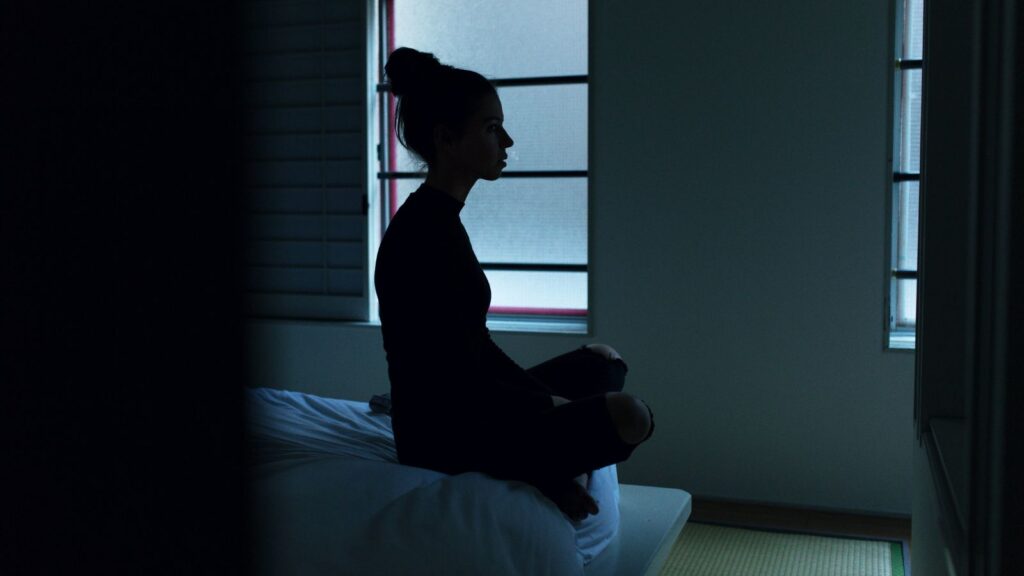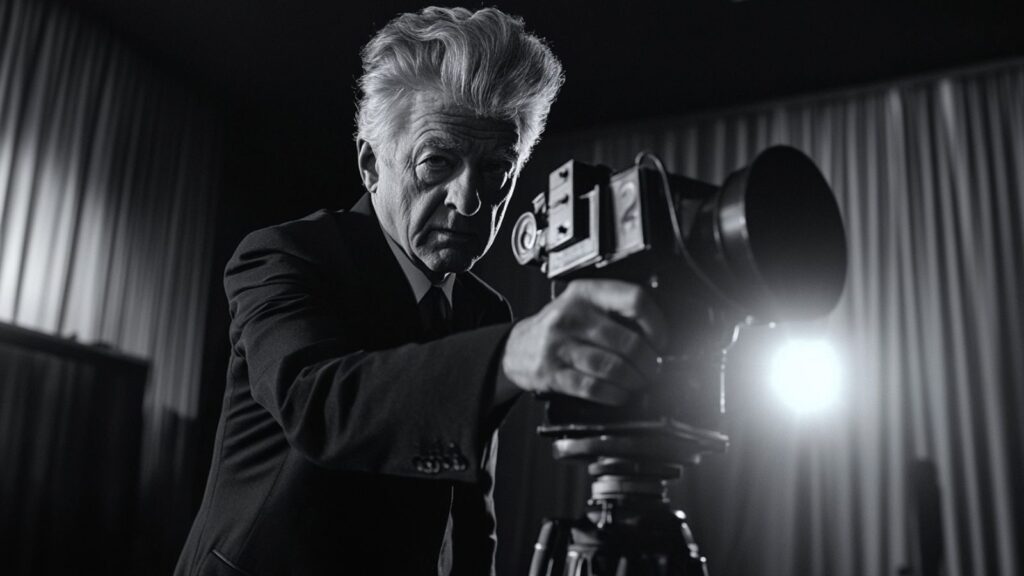Dying to Get High: Marijuana as Medicine (New York University Press, 2008) is an important and accessible book — not heavy on academic jargon, but rather lively and engaging, like a true detective novel — with a broad appeal to those interested in the medical potential of cannabis, an end to the drug war, and grass roots activism. I asked the co-authors how working on the book changed them.
WENDY CHAPKIS: “I certainly was one of those people who thought that 'medical marijuana' was probably mostly a way for Americans to get around ridiculously punitive drug laws. It seemed like a reasonable strategy to me. But the very first time I walked into a WAMM [WoMen’s Alliance for Medical Marijuana] membership meeting, looked around the room and saw people who were ghostly white and frail, people in wheelchairs, people huddled in small groups talking about a WAMM member who needed round the clock care, I realized that medical marijuana was no 'ruse.' These were very ill people. And, as I started doing interviews, the stories of the medicinal properties of pot blew me away.
“I wasn’t the only one surprised to discover that marijuana did in fact have therapeutic effects. Many patients were equally astonished. Like me, they had been recreational users who appreciated the pleasurable effects of marijuana and were suspicious of the claim that the herb was medicine. Then they started chemotherapy, for example, found themselves fighting off non-stop nausea, took a hit and the nausea disappeared. Or they had intolerable nerve pain from multiple sclerosis, AIDS, or post-polio syndrome, used some cannabis tincture and the pain quieted down. It was funny how surprised we all were that it really worked.
“I think this shows how effective drug-war propaganda really is. Even (or maybe especially) people who are very familiar with marijuana are prepared to believe that it doesn’t really work as a medicine. Of course, since the discovery of the cannabinoid receptor system in the body (and the production of endogenous cannabinoids), scientists haven't been at all surprised at the medical properties of the plant — which I guess helps explain why the feds have been so reluctant to allow any scientific research.
“In any case, this research really transformed my understanding of the effects of cannabis — including enriching my understanding of the therapeutic effects of the so-called ‘high.’ The chapter on the high is one of my favorites because I think even the medical marijuna movement tends to downplay the psychoactive properties of the drug.
"They talk a lot about relief of ocular pressure, anti-nausea properties and the effect of cannabis on AIDS-wasting and relief of neuropathic pain, but there is very little discussion of the ways in which the psychoactive effects contribute to a sense of wellness for those who are seriously ill. And that is no small thing.”
RICHARD WEBB: “Working with the WAMM has, indeed, been a transformative experience. I have learned a great deal, and formed some of the most cherished and important relationships of my lifetime, but perhaps the most profound change for me has been the development of a new awareness of the importance of compassion and forgiveness. Two events epitomize the many experiences that led to this change.
“The Gay Pride festival in San Francisco has been one of WAMM’s most successful annual fundraising events. One year, I was working T-shirt sales, and when I turned my back for a moment, someone in the crowd stole a pile of shirts. Angry at the perpetrators and embarrassed about my carelessness, I told Valerie Corral, WAMM’s executive director, about it, and all she said was, ‘Well, let's hope they get a good price for them, because they must need the money very badly.” Val's forgiveness was like an epiphany, a moment I will never forget. It was as if a lifetime of blame and resentment had been lifted from my heart, and I became suddenly aware of the deep suffering that drives some people to behave badly.
“When I began my research on WAMM, one of the first people I got close to was an HIV patient named John Taylor. As a result of his illness, John was desperately poor and physically debilitated, but he retained a sense of humor and joie de vivre that made him a pleasure to be around. We eventually became best friends, and when at last John's struggle against the disease became futile, I turned my living room into a hospice facility and, with the assistance of many WAMM members — most of whom were trying to manage their own devastating ailments — I was able to provide John with a safe and comfortable place to live out his final ten weeks.
“These experiences, and many others of a similar nature, have almost completely altered my view of the world, my sense of who I am, and my beliefs about what is most important in life.”
Photo by thagrdnr, courtesy of Creative Commons license.













